More
February 26, 2021
Bosco Urbano, Luogo Comune e Communitree: per un futuro sostenibile, solidale ed equo
Francesca Fattinger
È nel cuore dell’uomo che la vita dello spettacolo della natura esiste;
per riuscire a vederlo, bisogna sentirlo.
Jean-Jacques Rousseau
Siamo al secondo articolo di approfondimento del progetto “Transforming the City by Care (TCC)”, 10 micro trasformazioni che hanno avuto come principale luogo di azione, il quartiere di Don Bosco di Bolzano, ma non solo. Si tratta di un progetto sviluppato all’interno del Master in Eco-Social Design e nato dagli intenti comuni e dalla collaborazione tra la Libera Università di Bolzano, la cooperativa sociale OfficineVispa e L’Ufficio Famiglia, Donna, Gioventù e Promozione sociale del Comune di Bolzano.
Per questo secondo articolo ho dialogato con altri tre gruppi che si sono confrontati con il tema della natura (urbana), in termini più letterali o come contesto di azione e produzione di oggetti di varia natura per favorire la relazione di cittadini e cittadine di ogni età. Mi piace cominciare a parlare di questi progetti richiamandomi al pensiero di Jean-Jacques Rousseau. Lo scomodo in particolare per il suo ruolo d’ispiratore nel rapporto tra natura ed educazione: ha inserito il bambino in una dimensione naturale che, come una pianta, si sviluppa gradualmente solo se si trova in un contesto adatto. Per questo gli educatori e le educatrici e in questa prospettiva anche i/le ideatori/ici di questi progetti si trasformano in giardinieri in senso lato, rendendo possibili, prendendosi cura e facendo crescere le relazioni tra cittadini/e e tra questi/e e la natura.
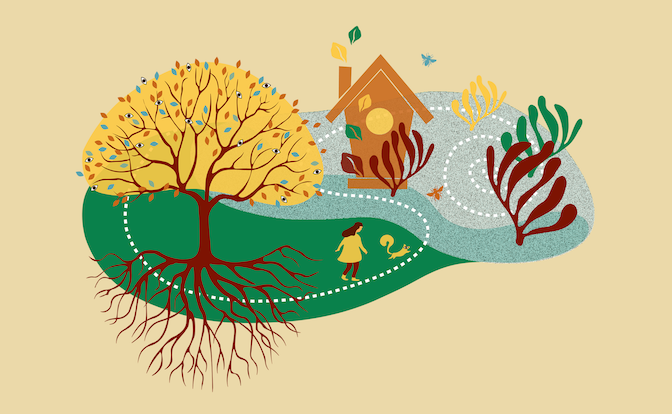
Il primo progetto si chiama Bosco Urbano (BU). Di che cosa si tratta? Il nome parla già da solo e ci catapulta in un mondo colorato e profumato, ma se potessi aggiungere una sola parola per me fondamentale, oggi più che mai, vi direi che ci fa confrontare con il tema della (bio)diversità. Vuole infatti ispirare ragazzi/e, ma anche nuovi e diversi target, a conoscere la biodiversità urbana e incoraggiarci a prenderci cura dei nostri vicini “più-che-umani”. Il gruppo ha elaborato un tour audio e un libretto che accompagna delle attività interattive.
Luogo Comune (LC) è il secondo progetto. Ammetto che mi ha colpito fin da subito, perché sono un’appassionata utilizzatrice delle panchine e perché ho sempre pensato che questi bistrattati elementi di arredo urbano abbiano una grandissima potenzialità inutilizzata o spesso incompresa. I/le ragazzi/e di Luogo Comune invece invitano le persone a interagire e a trasformare le panchine in uno spazio di condivisione e di interazione sociale, rispettando sì la distanza fisica ma facendolo in modo giocoso. Inoltre immaginano che gli oggetti interattivi da loro ideati possano diventare un progetto open source per ispirare altre città.
Tocca infine al terzo gruppo che ha ideato il progetto chiamato Communitree (C). Sembra perfetto finire con loro, perché di nuovo le parole di Rousseau risuonano forti e chiare: il loro progetto fa incontrare bambini e bambine, provenienti da diversi contesti e con o senza disabilità, per coltivare insieme alberi da semi nel corso di un lungo periodo (12 mesi). Ogni mese il gruppo è invitato a ritrovarsi e a costruire, imparare e giocare insieme!
Queste qui sotto sono state le mie domande per conoscerli meglio:
Ci raccontate un po’ di voi? Chi siete? Raccontateci chi siete attraverso i vostri sogni nel cassetto!
Qual è stata la più grande difficoltà e soddisfazione del progetto?
Quali parole chiave sintetizzano il vostro progetto?
In che modo volete o pensate di portare avanti il vostro progetto?
Andiamo ora a leggere e curiosare tra i loro sogni nel cassetto, tra le difficoltà con cui hanno dovuto confrontarsi e tra i loro progetti per il futuro…
BU: I am Gabriela Miteva (25 years, Macedonia) and I am currently based in Bolzano. My background is in visual arts. Recently I began focusing on how to contribute towards a more sustainable future through design practices. I enjoy working in multiple mediums and one of them is the real world. My dream is to use my creativity for meaningful projects and to never stop learning.
I’m Anu Hakola (25 years, Finland) and I will stay here in Bolzano one year as an exchange student, living at the moment on a mountain close by. I study landscape architecture in Finland, so I find it interesting to combine ecological, artistic, and social approaches together. In my freetime I love to paint with watercolours and explore natural phenomenons. At the moment my dream is to include this as a part of my future daily work as well!
My name is Lisa Lützen (26 years, Germany). I am in Bozen for an exchange semester. Back home, I study transformation studies at the Europa-Universität Flensburg. I want to understand why the world is at a point of multiple crises and how society can transform into a more sustainable and just one. My dream is to be part of the transformation process – starting locally from where I am.
BU:The biggest difficulty that we were facing was to reach the target group that we had in mind for our project: primary and middle schools. After some meetings and calls with schools in Don Bosco, we had to acknowledge that BoscoUrbano could not be tested and implemented as we had hoped: they had already established their yearly program and did not have capacities to integrate BoscoUrbano due to challenging circumstances of the pandemic. Therefore, we are now in the middle of the interesting process of redefining our target group.

BU: Most satisfying moments were when we created a partnership with the Orto Semirurali Garten and met their different members with their respective knowledge. Through our conversation with the actors we find connections to our five topics and activities which could take place in the garden. Orto Semirurali Garten had the idea to open its space to school kids as a learning platform, which was perfectly matching with our project objectives. Besides, at the moment this is still a future possibility. We also had interviews with other professionals related to our topic of biodiversity. Eurac Research center and Museo delle Scienze Naturali dell’Alto Adige both gave us valuable input during our research process.
All in all, we are happy to work on the meaningful topic of urban biodiversity and make the interconnectedness of all living beings more visible.
BU: #urban biodiversity #environmental education #interactive learning #pathway #outdoor #experience #audiotour #booklet #activity #mindfulness
BU: We want to bring BoscoUrbano to life and encourage people to take notice and care of the biodiversity in their neighborhood.
To reach this, we are in the process of completing the audio guide and the booklet. Besides, we are trying to define which could be the most appropriate channel to launch BoscoUrbano and which target groups can potentially be reached: schools, families and/or tourists.
We are aware of the fact that the different parts of the format have a different degree of feasibility. For example, the audio tour has the potential of being offered even in times of physical distance and is quite flexible in terms of location, while the activities are bound to Orto Semirurali Garten and some of them are to be done in a certain season of the year. We hope to find a way to realise BoscoUbano and we are open to ideas and collaborations!
LC: We are Julia, Francesco and Ute, the brains and designers behind LUOGO COMUNE. We are coming from diverse design backgrounds which made our teamwork very balanced and interesting.
We learned a lot from each other within the months we worked together on our project LUOGO COMUNE. There were even a few ideas we needed to leave behind in order to follow the project aim, on which we want to continue working on together in the future.
In general, we could say, our little dream is to design for positive ecological and social impact. We want to contribute to a sustainable, solidary and fair future. Especially times like these show, how necessary creative influence is to find a better way to deal with social or environmental issues.
For example, to find ideas how to keep community alive in times of social distancing. This is what we tried to reach with our semester project. In the end it’s just one small step into the right direction of our future career plans.
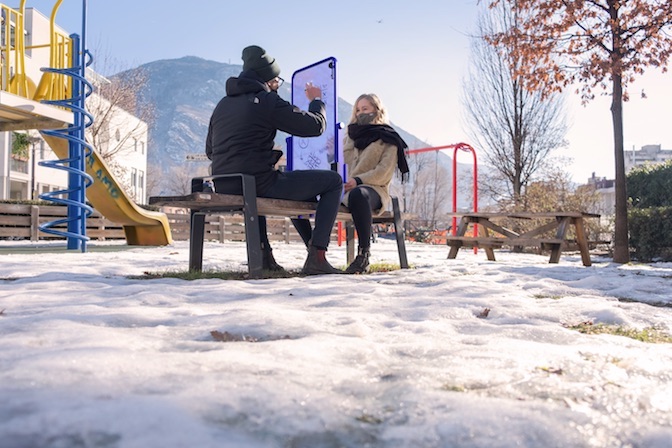
LC: We met this year for the first time and spent two weeks together in the university before we had to switch to our home offices and collaborate only digitally. This experience was new, sometimes difficult, but also incredibly enriching and intense, despite the physical distance.
But it was not only difficult that we weren’t able to meet as a team. Since we wanted to create something not only for, but more with the community, we had struggles to actually get in contact with people and get to know the actual needs and wishes of the citizens.

LC: The biggest satisfaction of the project was how everything came together in the end. We went through a lot of changes in our concept and quite a while within the process we didn’t really know in which direction this project will go. At some point it just clicked and many different ideas came together. Then after finishing the concept, the fun begins – visualizing all our visions was a very big satisfaction.
LC: Community, exchange and fun – on benches!
LC: To actually implement our project LUOGO COMUNE we would need strong partners that would like to support our aim. The biggest support is needed in the building and storage part of our conceptualized objects.
Furthermore, we would like to repeat the prototype testing in further places and conduct interviews to get more feedback from people.
We believe that the LUOGO COMUNE project can bring benefits not only on a local level in Bolzano, as it is about symptoms that are currently felt by people all over the world. Therefore, we would like to continue to spread the idea of the project through social media to invite more people to get in exchange and listen to each other. Also, we imagine that the interactive objects of LUOGO COMUNE can become an open-source project to inspire other cities to change their public benches to the citizen’s benefit. Perhaps with our, or completely new concepts.
C: Wir sind Lia, Giorgio, Nik und Vivian, vier Studierende aus Deutschland mit Hintergrund in Design, Informatik und Landschaftsplanung. Das gemeinsame Ziel unseres Projektes ist, den Inklusionsgedanken voranzutreiben, auf spielerische Art die Bedeutung für ökologische Themen zu forcieren und mit Kindern gemeinsam Bäume aufzuziehen und zu pflanzen.
C: Die größte Schwierigkeit war es, für die ursprüngliche Projektidee die passende Zielgruppe zu finden. Nichtsdestotrotz konnten wir daraus auch den größten Benefit ziehen. Der Plan war zunächst das Weitergeben der Pflanze als öffentliches, freiwilliges Projekt zu etablieren, wovon wir jedoch nach ausreichender Recherche und auch mangelnder Rückmeldung wieder abgekommen sind. Durch die Fokussierung auf Kinder als Teilnehmer*innen konnte das Projekt zu dem werden, was es nun ist.

C: #eco-social-design #inklusion #pflanzen #bäume #kinder #schule #umweltbildung #aktivität #natur
C: Wir würden das Projekt gerne in der Realität umsetzen, aktuell stehen wir noch in Kommunikation mit unseren Projektpartnern und hoffen, dass wir gemeinsam einen Weg finden können, das Projekt zu etablieren. Des Weiteren sind wir auch auf der Suche nach neuen Partnern, die einzelne Veranstaltungen durch ihre Mithilfe und Expertise im Bereich Betreuung behinderter Menschen, Töpferei und Handwerk sowie Umweltbildung unterstützen möchten. Falls ihr euch als Leser*innen von unserem Projekt angesprochen fühlt, meldet euch gerne per Mail unter: hi.communitree@gmail.com
Foto e grafiche: Anu Hakola, Lisa Lützen, Gabriela Miteva; Francesco Ferrero, Julia Maier, Ute Peppersack; Julia Sauter, Vivian Rustige, Niklas Blum, Giorgio Groß

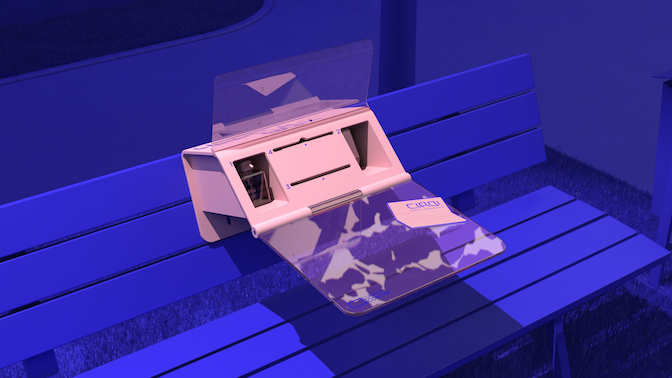

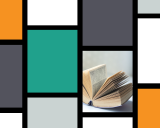

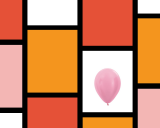












Comments